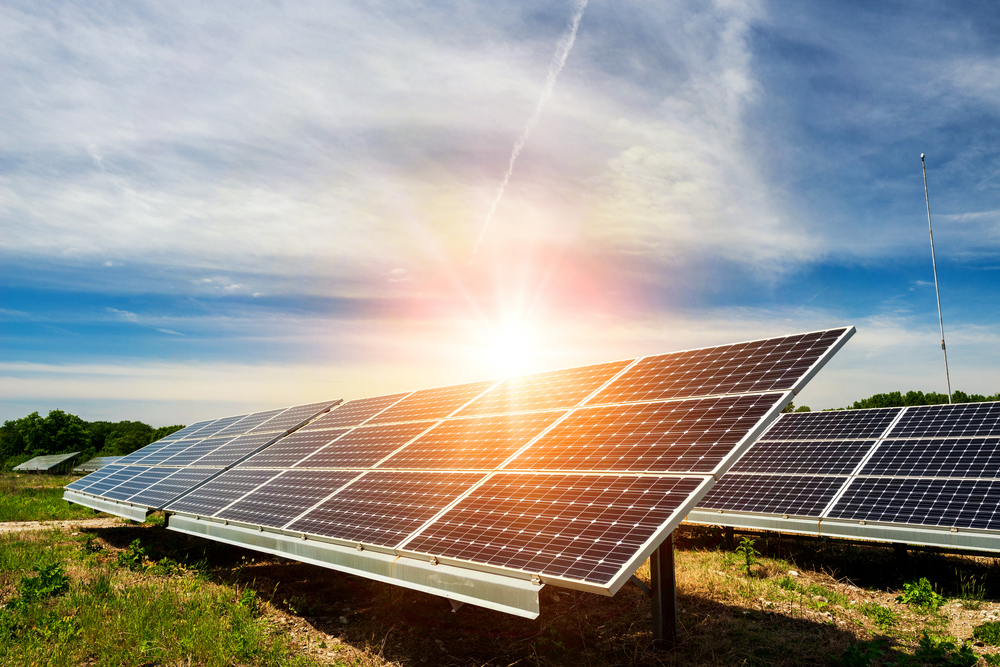The rise of global warming has become a big concern today. There is an urgent need to switch to renewable sources of energy. Solar energy is one of the most effective green energy sources and is becoming the norm. A lot of people have started to use it for their electricity needs. It is time you do that as well.
There are methods for determining the most efficient renewable energy source, like solar energy. So, let’s have a look.
What is Solar Energy?
Solar energy harnesses the energy from the Sun. Various uses include solar heating, solar photovoltaic energy, and solar thermal power. In contrast to finite fossil fuels, solar energy is a renewable source of power that is limited and produces greenhouse gases.
Harnessing Solar Energy
The latitude of the collection point, the time of day, and the day of the year affect the intensity of the solar energy at any given location on Earth. The position and shape of the item collecting the energy can further alter the quantity of energy that is gathered.

The Sun’s angle, the amount of dust and water vapor in the air, and the amount of cloud cover all affect how much insolation a region receives. Less than half of the solar light that we receive reaches the ground.
Green energy sources such as solar can be used to create electricity, heat indoor spaces in buildings, and heat domestic water. Since it doesn’t entail burning fossil fuels, it is seen as an environmentally benign source of energy because it is derived straight from the Sun.
Understanding Solar Photovoltaic (PV)
Some substances are sensitive to the radiant or light energy from the Sun and respond in a way that allows us to use this “reaction” to generate electricity. A photovoltaic cell is a thin plate of light-sensitive material made mostly of silicon, which is the semiconductor material used in computers.
In the presence of sunlight, silicon that has been mixed with one or more additional compounds displays unusual electrical properties. The light agitates electrons, which then flow through the silicon. Direct current (DC) electricity is produced as a result of this, which is known as the photovoltaic effect.
Standard PV modules, which are connected together to form a PV array, are made up of several PV cells joined together. PV modules have a working life of 20–30 years, have no moving components, and require little maintenance, though they should be kept clean and free from obstructions like trees.
Direct current (DC) electricity is created by the PV array. The electricity is transformed from direct current (DC) to alternating current (AC) using an “inverter,” making it compatible with domestic appliances and identical to regular grid power. The inverter is an electronic device that resembles a computer.
Simpler photovoltaic (PV) systems generate electricity for everyday items like wristwatches and small calculators, while more complex systems power appliances like water pumps and communications systems, as well as our homes.
How Do Green Energy Sources Function?
Solar, one of the most effective green energy sources, functions in the following manner:
- The solar panels take in the Sun’s light.
- Light is converted into Direct Current (DC) power in the panel’s silicon and conductors, which then enters the inverter.
- The inverter transforms the direct current (DC) energy into the alternate current (AC) energy that powers your home.
- In case, you have an on-grid solar system, any extra electricity that is not utilized by your home is sent through your home’s electricity meter onto the main power system so that it can be used by others.
When you require more electricity than your green solar energy system can supply, you draw it from the grid. You can still get mains power with a grid-connected solar system, which powers your home and school at night and at times when the solar panels aren’t producing enough energy.
A sustainable energy future depends on green energy sources. The Sun produces significantly more energy each day than what is required to power the entire planet.
- Solar panels generate electricity by converting the Sun’s constant flow of energy into electricity.
- When solar panels generate electricity, no airborne pollutants are discharged.
- The photovoltaic conversion of sunlight into electricity is a fuel-free process with no hidden expenses.
When you generate power with solar panels, no greenhouse gas emissions are put into the atmosphere. Solar green house is a key energy source in the transition to the creation of clean energy since the Sun produces more energy than humans could ever require.
Final Thoughts
Now that you know what a solar panel is, how it works, and the different kinds, you can think about buying one with confidence. A solar panel is an investment that is well worth the cost. You may choose from the array of solar panels offered by us at Luminous.
With PID-resistant technology, weather resistance, modern EVA, and superior low-light performance, our selection of solar panels offer the most advantageous characteristics and output. You may make your decision based on wattage and voltage to choose the one that meets your needs the best!
Leave a Reply